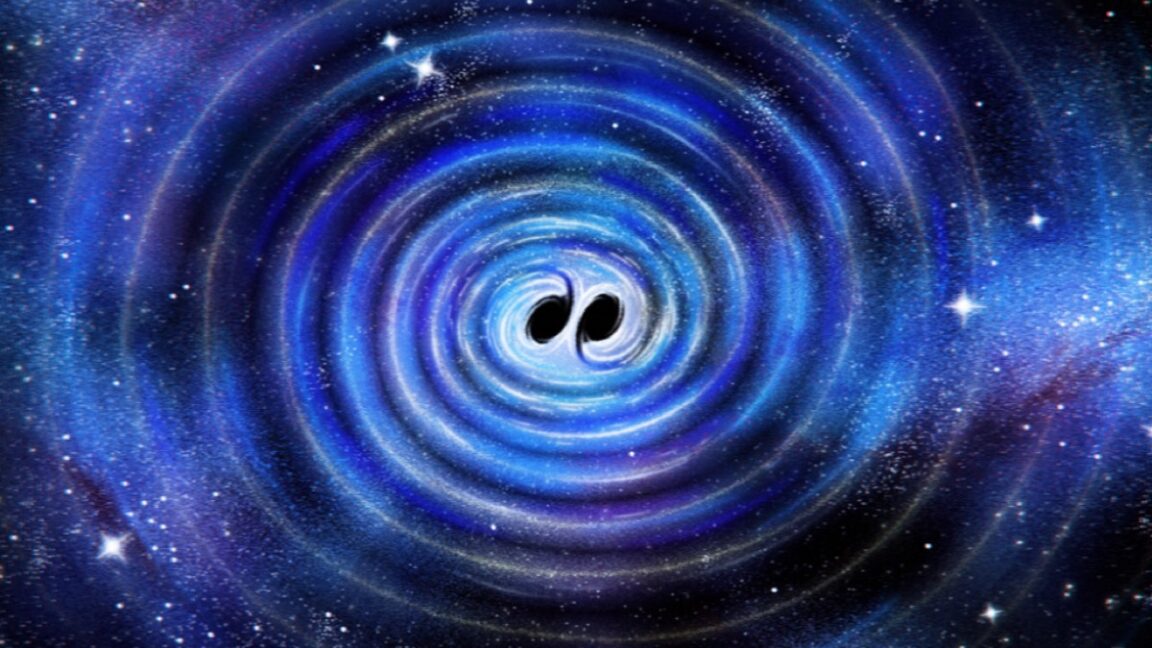A recent black hole merger has provided compelling support for the famous Hawking area theorem. This event, detected by advanced gravitational wave observatories, allowed physicists to analyze the gravitational signals produced during the collision. By breaking down the merger’s signal into isolated frequencies, researchers accurately calculated the surface areas of the black holes before and after their union.

Gravitational Waves Offer New Evidence
The Hawking area theorem states that the total surface area of black holes cannot decrease after a merger. This principle, rooted in the laws of physics and thermodynamics, has been a cornerstone of black hole theory for decades. The latest findings, derived from sophisticated signal analysis, confirm that the combined surface area of the resulting black hole is indeed larger than the sum of the two originals.
What This Means for Black Hole Physics
These results are significant for the scientific community. They reinforce our understanding of black hole dynamics and the fundamental laws governing the universe. As gravitational wave astronomy continues to evolve, we can expect even more insights into these mysterious cosmic objects.
Sources:
Source